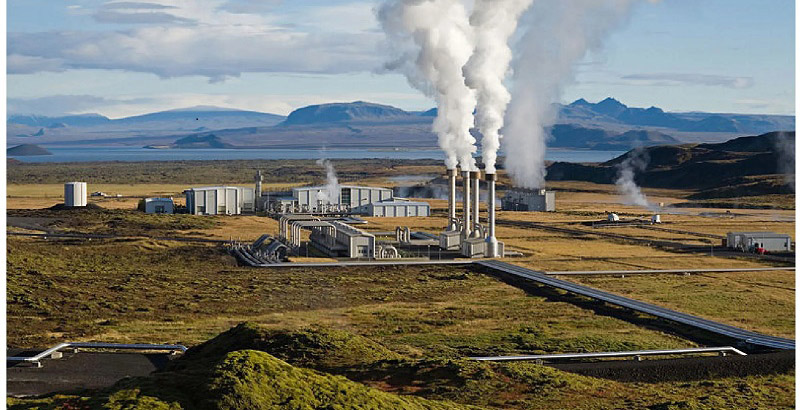Introduction
LiDAR technology is making significant contributions to the oil and gas industry by improving safety and efficiency in exploration and extraction. By providing accurate 3D mapping and obstacle detection, LiDAR enhances operations in challenging environments.

Applications in Oil and Gas
In the oil and gas industry, LiDAR sensors are used to create detailed 3D maps of exploration sites and extraction facilities. These maps provide valuable data for navigation, obstacle avoidance, and equipment placement. For example, LiDAR can be used to assess terrain conditions, detect obstacles, and plan drilling operations.
Benefits for Exploration and Extraction
LiDAR enhances safety and efficiency in oil and gas operations by providing real-time data on the location and movement of obstacles. This improves decision-making, reduces the risk of accidents, and optimizes exploration and extraction processes.
Challenges and Solutions
Challenges in using LiDAR for oil and gas include the harsh environmental conditions and the need for robust data processing. Advances in sensor technology and data management solutions are addressing these challenges, making LiDAR more effective for oil and gas applications.
Future Trends
The future of LiDAR in oil and gas includes advancements in sensor durability, data analysis, and integration with other exploration technologies. These developments will further enhance the safety and efficiency of oil and gas operations.
Conclusion
LiDAR technology is improving safety and efficiency in the oil and gas industry by providing accurate 3D mapping and obstacle detection. Its role in enhancing exploration and extraction processes makes it a valuable tool for modern oil and gas operations.


